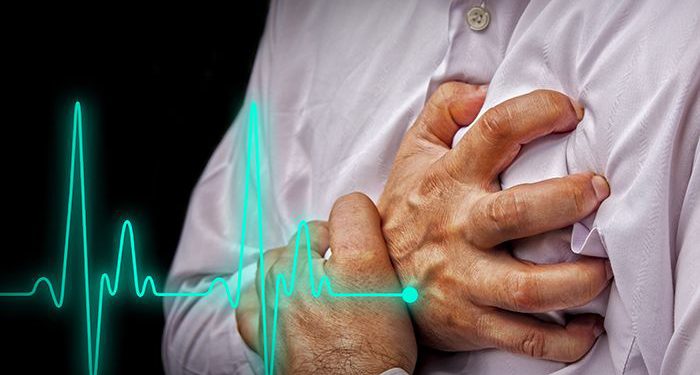Researchers have revealed that deep chest compressions can crack ribs, but it prevents brain damage during cardiac arrest.
“Deep chest compressions improve blood flow to the brain, improving survival and brain function,” said study author Irene Marco from University Hospital La Paz in Spain.
CPR guidelines are updated every five years and are used to train health professionals and members of the public.
The 2010 recommendation for deeper chest compressions generated concerns over the possibility of increasing CPR-related injuries.
This study, presented at ESC Congress 2020 The Digital Experience, examined the impact of this advice on neurological outcomes in survivors of cardiac arrest. It also assessed the rate of CPR-related injuries and their association with prognosis.
“We wanted to analyse the effect of deep chest compressions during prolonged resuscitation when they could make a real difference to outcomes,” said Marco Clement.
From 2006 to 2020, the study enrolled consecutive patients admitted to an acute cardiac care unit after a cardiac arrest in hospital or in the community. Patients were divided into three groups corresponding to updates of the CPR guidelines: 2006-2010, 2011-2015, and 2016-2020.
The study included 510 patients who survived cardiac arrest and were admitted to hospital while unconscious. The average age was 63 years and 81 per cent were men. CPR by lay bystanders and the use of automated external defibrillators (AEDs) progressively increased over the study period.
After 2010, there was a higher proportion of CPR-related injuries: 12.7 per cent in 2006-2010, 23.5 per cent in 2011-2015, 22.7 per cent in 2016-2020. Just over half of the patients survived and were discharged from the hospital (51.6 per cent).
Brain performance at three months significantly increased over the course of the study (i.e. it was highest in the 2016-2020 group). The study showed that patients with CPR-related injuries were more likely to have better brain performance.
Nearly two-thirds (65.1 per cent) of patients with injuries had high brain function compared to 43.2 per cent without injuries. The most common injuries were rib or sternal fractures.
“Survival and neurological outcome improved significantly during the 14-year study,” the study authors wrote.
(IANS)






































